How to Take Saffron: A Comprehensive Guide
How to Take Saffron: A Comprehensive Guide
Introduction
How to Take Saffron – Saffron, often called the “golden spice,” is one of the most precious and revered spices in the world. Derived from the stigmas of the Crocus sativus flower, saffron is prized for its unique flavor, vibrant color, and numerous health benefits.
Throughout history, saffron has been used in culinary dishes, traditional medicine, and even religious ceremonies. This article provides a detailed guide on how to take saffron, covering its various forms, methods of consumption, and the benefits it offers.
Discover the Magic of Saffron: Buy Kesar Now! 🌟📖
Understanding Saffron
What is Saffron?
Saffron is obtained from the dried stigmas of the Crocus sativus flower. Each flower produces only three red stigmas, which are carefully handpicked and dried to create saffron threads. It takes thousands of flowers to produce just one ounce of saffron, making it one of the most expensive spices by weight.
Key Components of Saffron
Saffron contains several bioactive compounds that contribute to its unique properties:
- Crocin: Responsible for the vibrant color.
- Picrocrocin: Contributes to the bitter taste.
- Safranal: Provides the distinct aroma.
Health Benefits of Saffron
Saffron is packed with antioxidants and has been associated with various health benefits, including:
- Mood Enhancement: Saffron is known for its antidepressant properties.
- Anti-Inflammatory: It helps reduce inflammation in the body.
- Antioxidant Properties: Saffron helps combat oxidative stress.
- Digestive Aid: It can improve digestion and alleviate gastrointestinal issues.
- Cardiovascular Health: Saffron supports heart health by lowering cholesterol levels and improving blood circulation.
- Immune Support: It boosts the immune system and helps protect against various diseases.
Forms of Saffron
Saffron Threads
Saffron threads, also known as saffron strands or filaments, are the most common form of saffron. They are the dried stigmas of the Crocus sativus flower and are characterized by their deep red color and distinct aroma.
Saffron Powder
Saffron powder is made by grinding saffron threads into a fine powder. It is more convenient to use than threads and is often used in cooking and baking for even distribution.
Saffron Extract
Saffron extract is a concentrated liquid form of saffron. It is often used in dietary supplements and as a flavoring agent in food and beverages.
Saffron Capsules
Saffron capsules contain saffron extract or powder and are used as a dietary supplement. They provide a convenient way to consume saffron for its health benefits.
Saffron Oil
Saffron oil is made by infusing saffron threads in a carrier oil, such as olive oil or almond oil. It is used for culinary purposes and in skincare products for its beneficial properties.
Unlock the Secrets of Saffron: Dive In! 🌸✨
How to Take Saffron
Culinary Uses of Saffron
Saffron in Cooking
Saffron is widely used in cooking to enhance the flavor, color, and aroma of various dishes. Here are some popular ways to use saffron in cooking:
- Saffron Rice: Add a pinch of saffron threads to rice while cooking to impart a beautiful golden color and rich flavor.
- Paella: Saffron is a key ingredient in traditional Spanish paella, providing its signature color and taste.
- Risotto: Italian saffron risotto, known as “Risotto alla Milanese,” is a creamy and flavorful dish made with saffron.
- Bouillabaisse: This French seafood stew is flavored with saffron, giving it a unique taste and color.
- Saffron Desserts: Zaffran is used in various desserts, including cakes, pastries, and puddings, to enhance their flavor and appearance.
Saffron Tea
Saffron tea is a popular way to enjoy the benefits of saffron. Here is a simple recipe for making saffron tea:
Ingredients:
- 1 cup of hot water
- 5-10 IKS saffron threads
- Honey or sugar (optional)
- Lemon slice (optional)
Instructions:
- Soak the Saffron: Soak the saffron threads in a small amount of warm water for 10-15 minutes to release their flavor and color.
- Prepare the Tea: Boil water and let it cool slightly.
- Combine: Add the soaked saffron threads and their soaking liquid to the hot water.
- Sweeten and Flavor: Add honey or sugar to taste and a slice of lemon if desired.
- Serve: Pour the saffron tea into a cup and enjoy it warm.
Medicinal Uses of Saffron
Saffron Supplements
Saffron supplements are available in the form of capsules or tablets and are used to provide the health benefits of saffron in a convenient and controlled dosage. They are often used to support mood, improve sleep, and enhance overall well-being.
Dosage:
- The typical dosage for saffron supplements ranges from 30-50 mg of saffron extract per day. However, it is essential to follow the manufacturer’s instructions and consult with a healthcare provider before starting any supplement regimen.
Saffron Milk
Saffron milk, also known as “Kesar Milk,” is a traditional beverage made by infusing milk with saffron threads. It is known for its calming properties and potential health benefits.
Ingredients:
- 1 cup of milk (any type)
- 5-10 saffron threads
- 1-2 tablespoons of honey or sugar (optional)
- A pinch of cardamom powder (optional)
- A few crushed almonds or pistachios (optional)
Instructions:
- Soak the Saffron: Soak the saffron threads in a small amount of warm milk or water for 10-15 minutes.
- Heat the Milk: Pour the milk into a saucepan and heat it gently over medium heat.
- Add Saffron: Once the milk is warm, add the soaked saffron along with the soaking liquid.
- Boil: Bring the milk to a gentle boil and let it simmer for 5-10 minutes.
- Sweeten and Flavor: Add honey or sugar to taste, along with cardamom powder and crushed nuts if desired.
- Serve: Pour the saffron milk into a cup and enjoy it warm.
10 GRAMS IKS 100% ORIGINAL BEST QUALITY KASHMIRI SAFFRON
Topical Uses of Saffron
Saffron Face Masks
Saffron is often used in skincare products for its complexion-enhancing properties. Here is a simple recipe for a saffron face mask:
Ingredients:
- 5-10 saffron threads
- 2 tablespoons of yogurt or honey
- A pinch of turmeric (optional)
Instructions:
- Soak the Saffron: Soak the saffron threads in a small amount of warm water for 10-15 minutes.
- Combine: Mix the soaked saffron threads with yogurt or honey to form a paste.
- Apply: Apply the paste to your face and leave it on for 15-20 minutes.
- Rinse: Rinse off the mask with warm water and pat your skin dry.
Saffron Oil
Saffron oil can be used topically to nourish the skin and enhance its appearance. It can be applied directly to the skin or added to skincare products.
How to Use:
- Apply a few drops of saffron oil to your face and neck and massage gently.
- Add a few drops of saffron oil to your moisturizer or serum for added benefits.
Enhance Your Life with Saffron: Order Now! 🌼💡
Precautions and Considerations
Recommended Dosage
While saffron offers numerous health benefits, it is essential to consume it in moderation. Excessive intake of saffron can lead to side effects such as nausea, dizziness, and allergic reactions.
The recommended dosage for saffron varies depending on the form and purpose of use. It is generally advised to use no more than 5 to 7 saffron threads per day.
Potential Side Effects
Saffron is generally safe for most people when consumed in recommended amounts. However, some individuals may experience side effects, including:
- Allergic Reactions: Symptoms may include itching, swelling, and difficulty breathing.
- Digestive Issues: Excessive consumption of saffron can cause stomach pain, nausea, and diarrhea.
- Dizziness and Headaches: High doses of saffron may cause dizziness and headaches.
Consultation with Healthcare Provider
If you are pregnant, breastfeeding, or have any underlying health conditions, consult with your healthcare provider before incorporating saffron into your diet or supplement regimen. Your healthcare provider can provide personalized advice based on your individual health needs.
Conclusion
Saffron is a versatile and valuable spice that offers a range of culinary, medicinal, and topical benefits. By understanding how to take saffron in its various forms and following the best practices for its use, you can fully enjoy the unique properties and health benefits of this golden spice.
Whether you choose to use saffron in cooking, as a supplement, or in skincare, it is essential to use high-quality saffron and consume it in moderation for the best results.
Embrace the rich history and cultural significance of saffron as you incorporate it into your daily routine, and experience the myriad benefits it has to offer. With its vibrant color, distinct flavor, and numerous health advantages, saffron truly is a treasure worth exploring.
Experience Saffron’s Rich History and Uses: Discover Now! 🌸📜

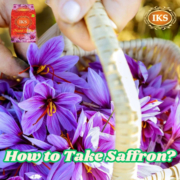
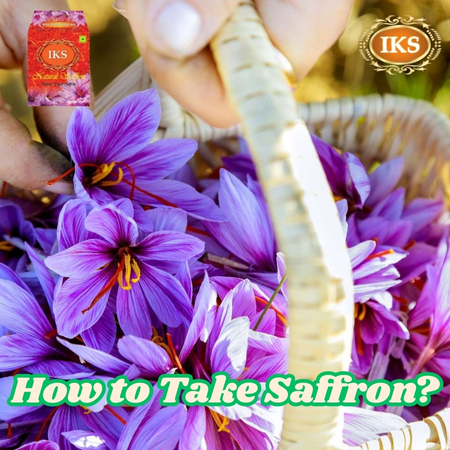
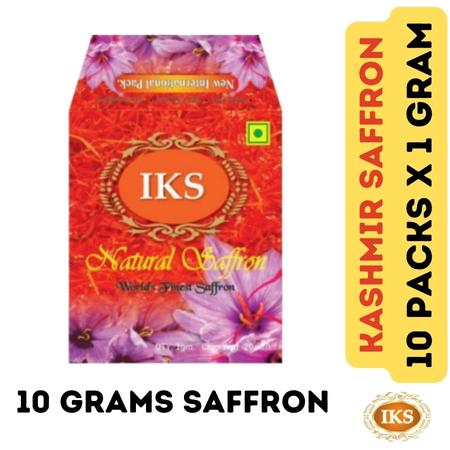

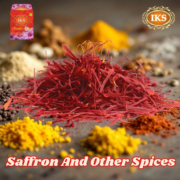
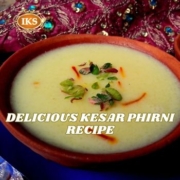
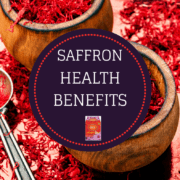
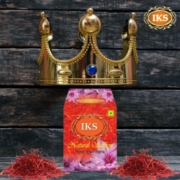





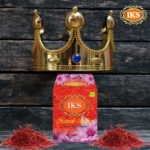
Leave a Reply
Want to join the discussion?Feel free to contribute!